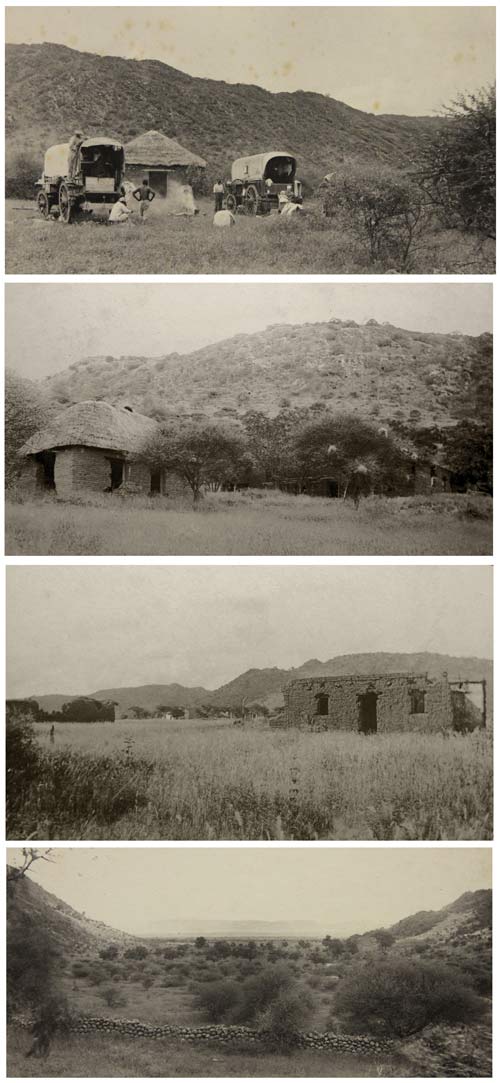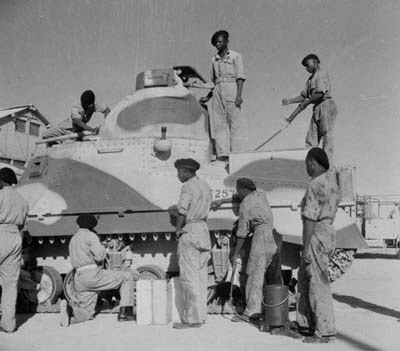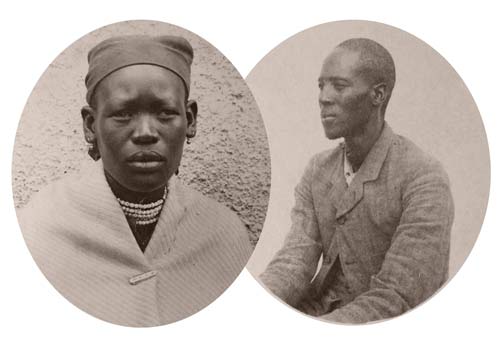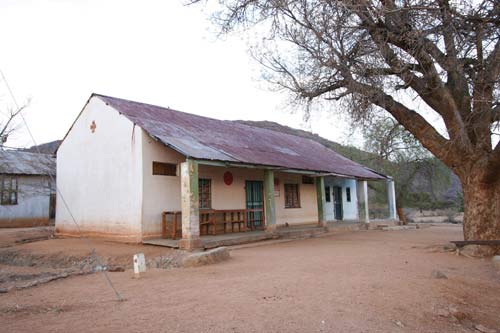Return to Shoshong
After the death of Kgosi Mosinyi in 1892, the Bakaa tribe fragmented further, and groups settled in Bokaa, Kalamare (in 1894) and in 1896 a group under Kgosi Tshwene re-occupied Shoshong. [1]
Khama married one of his daughters, Pidio, to Kgosi Tshwene, cementing relations between the Bangwato and Bakaa.
In Palapye, water shortages continued to be a huge problem, and Khama realised it was necessary to reduce the population there and decentralise his power base. In 1897 Hamilton Goold-Adams was appointed as Resident Commissioner for the Bechuanaland Protectorate, having previously been in the new Bechuanaland Border Police. He came to Palapye to lead an enquiry into the long running dispute between Khama, his brother Kgamane and son Sekgoma. On 29th March 1899, Goold-Adams upheld Khama’s wishes and ordered Sekgoma to leave Palapye and stay at Lephepe, and ordered Kgamane to Shoshong. [2] Other sources refer to Khama making his brother the Governor of Shoshong. [3] The relationship between Khama and Kgamane clearly remained a very strained one.

Photographs of Shoshong in 1894/1895 by Rev Willoughby (Botswana National Archives). Top to bottom: Waggons at the former LMS church, Ruins of Mission Station, Ruins of trader’s house, View from Old Shoshong
Khama had been considering another move for some time, and in 1902 he made the decision to move from Palapye to Serowe, the site of Kgari’s old capital. (Old) Palapye was burnt and razed to the ground, and a smaller development by the railway would become the modern day Palapye. The remaining Bakaa in Palapye returned to Shoshong at this point.
In 1903, Howard Williams, LMS missionary and enthusiastic educationalist, started work at Shoshong. The elementary school had 53 pupils in 1904, with an “industrial class” where 12 boys learnt building skills, and knitting and sewing classes for 26 girls where they were taught in the use of sewing machines by Mrs Williams. [5]
Expulsion of Lloyd
Williams having left, in 1907 Edwin Lloyd was transferred back to Shoshong, having been involved in some disputes while serving in Kanye. However, in 1912 Lloyd fell out with Kgosi Tshwene after refusing to perform the marriage between Tshwene’s uncle and niece. He then also fell out with Kgamane, and in 1913 Khama forced the LMS to remove him, a sign that the influence of the missionaries was in decline.[5] The LMS appointed a Motswana, Moruti Seakgano, as their minister in Shoshong from 1917-23. Seakgano had been born in Shoshong in the 1860’s and had studied in Lesotho. [6]
Trading
According to the ‘Encyclopedia Britannica’, Shoshong had a population of about 800 in 1911; clearly it remained a very small village in comparison to its former size.Around this time a trader R.A. Bailey and his employee Thomas Shaw built a shopping mall in Palapye, and also a store in Shoshong which still remains today. Several other traders operated in Shoshong, including S. Hoare, who also quarrelled with Kgamane, although trade was dominated by the better connected centres of Serowe, Palapye and Mahalapye.
During the First World War (1914-18), Khama boycotted recruitment to the armed forces, although some Batswana served in France with the unarmed South African Native Labour Contingent.
Khama’s death
Khama was something of a dictator, and his relationships with the rest of his family including his son Sekgoma suffered as a result. However, shortly before his death in 1923 at the age of 88, Khama reconciled with his son. After Khama’s death, Sekgoma was kgosi for a short time, until his death in 1925. His half brother, Tshekedi Khama, then took over as regent for Sekgoma’s son Seretse Khama, who was born in 1920 and so was an infant at the time. [7]

Soldiers with the African Auxiliary Pioneer Corps maintaining vehicles in the Middle East (Imperial War Museum UK)
References
[1,3,8] Morton F, Ramsey J & Mgadla PT (2008) “Historical Dictionary of Botswana"[2,5] Parsons N (1973b) “Khama III, The Bamangwato, And The British, With Special Reference To 1895-1923” PhD Univeristy of Edinburgh
[4] Rutherford J (2009) “Little Giant of Bechuanaland – A biography of William Charles Willoughby Missionary & Scholar.” Mmegi Publishing House
[6] Landau P (1992) “Inventing the Role of Preacher in East-Central Botswana: Moruti Seakgano 1865-1953”
[7] Michael Crowder’s unfinished biography www.thuto.org



